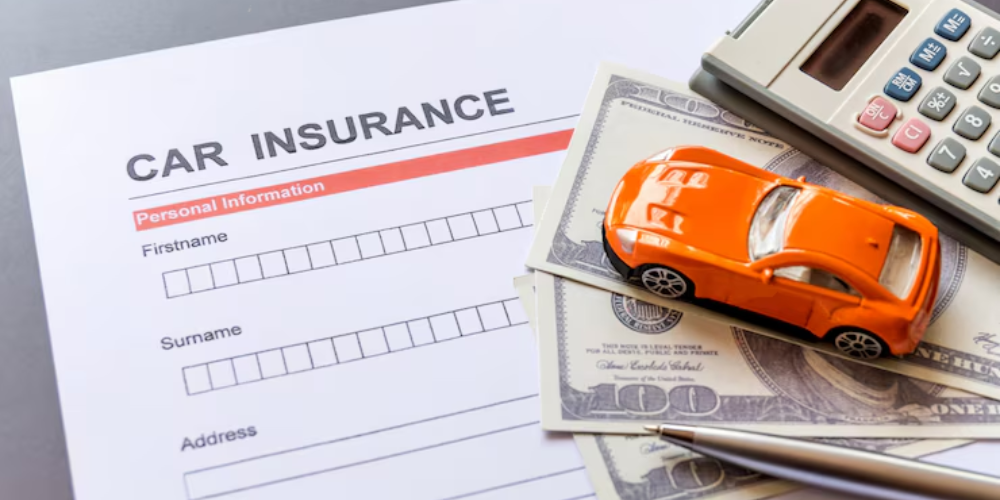
5 Strategies to Save on Car Insurance as Tariffs Drive Prices Up

As trade tensions escalate, car insurance premiums are heading in the same direction. The new 25% tariffs on vehicles and auto parts imported from Canada and Mexico are expected to drive insurance costs up by 8% by the end of 2025. With average annual rates rising from $2,313 to around $2,502, drivers may start to feel a real financial strain.
These higher costs are tied to the fact that both vehicles and essential parts are heavily sourced from neighboring countries. When parts cost more, insurers adjust premiums to cover the pricier repairs and replacements. Although the impact won’t hit instantly—since companies revise rates at renewal—it’s expected that many consumers will see increases before the year ends.
Why the Trade War Is Driving Costs
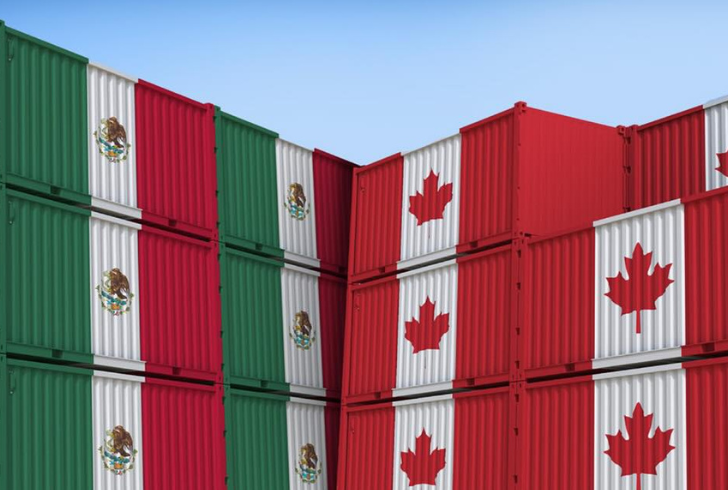
Instagram | market_brew | Tariffs on Canada and Mexico push car costs higher for everyone.
The first wave of global tariffs kicked in on April 3, 2025, focusing on completed cars and trucks. On May 3, duties on individual auto parts will follow. Tariffs on aluminum and steel will also increase the pressure. Around half of all aluminum imports and 35% of steel come from Canada and Mexico, which now fall under the new trade policies.
While car insurance rates were already on an upward trend (projected to rise by 5% even without tariffs), this new layer could compound the pressure on consumers. Insurance companies will eventually seek approval from state regulators to increase prices, which could be reflected in renewal notices.
Tactics to Offset the Rising Costs
As prices rise, knowing how to cut your car insurance bill becomes even more important. These smart moves can help lock in savings:
1. Compare Before You Commit
Insurance rates can vary dramatically between providers, even for similar coverage. Since each insurer evaluates risk differently, it pays to gather multiple quotes. To make an apples-to-apples comparison, request the same deductibles and coverage levels across providers. Switching at renewal can uncover surprising savings.
2. Adjust Your Deductible Strategically
Raising your deductible is one of the simplest ways to lower your monthly premiums. According to industry analysts, increasing it from $200 to $500 might result in a 30% cost savings. However, check that you can comfortably afford the greater out-of-pocket expense in the event of a claim.
3. Pay Premiums Annually When Possible
Breaking your payments into monthly installments may seem convenient, but it often comes with fees. Some companies, such as Auto-Owners, provide discounts for paying the full annual premium upfront. If feasible, this move could trim your bill without sacrificing coverage.
4. Build Better Credit for Lower Rates

Instagram | Who is Danny | Build better credit to lower your car insurance cost faster.
In most states, insurers factor in credit scores when determining premiums. A stronger credit profile usually translates into lower costs. To improve your score, pay bills on time and reduce outstanding balances.
Even requesting a credit limit increase can boost your score—just avoid using the extra available credit unless necessary.
5. Bundle to Unlock Discounts
Combining home and auto insurance with one provider often leads to substantial savings. Depending on your insurer and location, you could receive a discount of up to 25%. This strategy not only simplifies billing but also makes you a more valuable customer—something companies reward.
A Smart Endgame for Drivers
Even though tariffs may increase costs, you still hold the power to protect your budget. By adjusting your strategy, comparing providers, and understanding how different factors influence your rate, it’s possible to keep more money in your pocket.
Since rate hikes usually take time to filter through the system, acting early gives you the upper hand. Staying informed and proactive is the best route toward financial stability in the face of a shifting economic landscape.
More inCar Insurance
-
`
U.S. Reduces Tariffs on Japanese Cars to 15% Under Trump’s Deal
In a move reshaping U.S.-Japan trade relations, former President Donald Trump confirmed a new agreement that slashes tariffs on Japanese car...
August 9, 2025 -
`
Adults in Ohio Face Stricter Rules to Obtain Driver’s License
Ohio has passed a new law that will change the way adults under 21 get their driver’s licenses. Signed into law...
July 31, 2025 -
`
Gen Z Craves Career Guidance, But Their Parents Are Struggling Too
Gen Z is stepping into the future with curiosity and ambition—but they’re not doing it alone. A growing number of teens...
July 25, 2025 -
`
Do Car Insurance Companies Offer Pay-As-You-Go Plans?
Car insurance premiums often feel unfair to people who rarely drive. Yet, most traditional auto policies still charge a fixed monthly...
July 17, 2025 -
`
Why the Koenigsegg Sadair Spear Is the Ultimate Hypercar Beast
Koenigsegg has revealed a new beast—the Sadair’s Spear. Tuning its focus on raw performance and brutal speed, this hypercar marks the...
July 11, 2025 -
`
Which States Have the Safest—and Riskiest—Drivers in America?
Driving safety isn’t just about skill. It’s also about location. A recent nationwide report shines a spotlight on where drivers are...
July 4, 2025 -
`
How to Save on Tesla Car Insurance Without Compromising Coverage
Owning a Tesla often brings savings on fuel and a futuristic driving experience, but the conversation changes quickly when it comes...
June 26, 2025 -
`
10 Weird Cars That Turned Heads and Won Hearts
Some cars turn heads with speed, others with luxury—but a rare few grab your attention simply by being delightfully strange. From...
June 20, 2025 -
`
Next-Gen Jeep Cherokee Expected to Arrive by Late 2025
After a break of two years, Jeep is prepared to relaunch the Cherokee brand. The automaker confirmed the return with fresh...
June 12, 2025




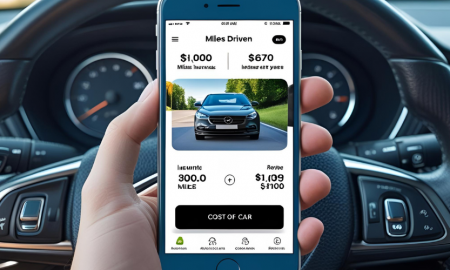

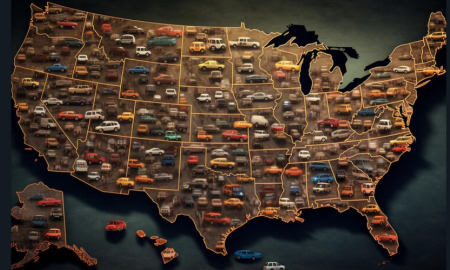
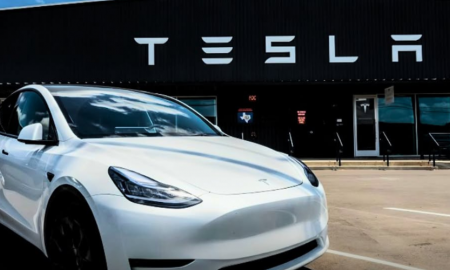

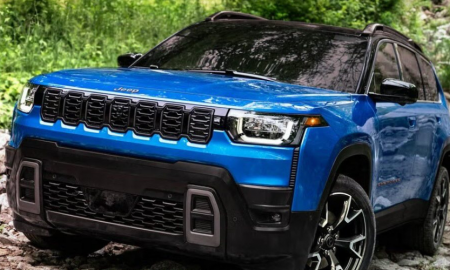
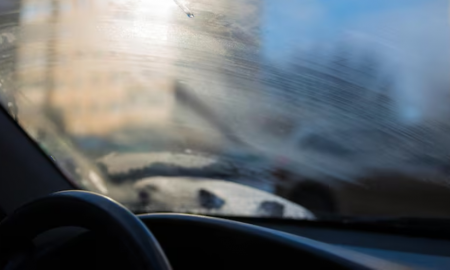


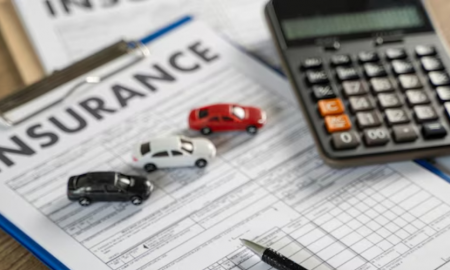

You must be logged in to post a comment Login